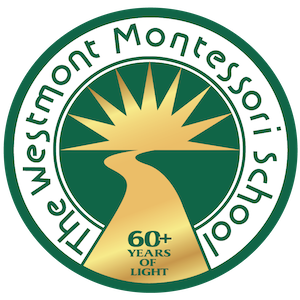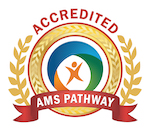If we look closely at the Montessori 3-6 classroom, we can observe many “hidden gems” in all areas of the classroom that prepare children for reading and writing, including: an emphasis on developing independence and concentration; ample opportunities to develop and hone hand-eye coordination and the pincer grip; as well as the repetition of “left to right; top to bottom” movement that occurs during lessons and is repeated by children as they work independently with so many of the materials in the classroom.
“Reading and writing are quite distinct from a knowledge of letters of the alphabet.”[1]
Another distinguishing feature of the language curriculum is that letters are first presented as sounds, establishing the phonetic value of the letter instead of simply the “name” of the symbol. This is done—initially via the sandpaper letters—in order to prepare the children for reading and writing. Another genius of the Montessori approach is that everything has multiple benefits. For instance: the sandpaper letters are not only devised to introduce children to the phonetic sound of the letter but also to the tangible “feel” of their physical appearance in preparation for writing. Once as many as 11 or 12 sandpaper letters are mastered, a child can continue his progression through the language materials via the moveable alphabet to discriminate the beginning and ending sounds, followed by middle sounds and ultimately, begin the construction of words. This too has a linear progression from 3-letter phonetic words, to 4+ letter phonetic words, to non-phonetic words. Initial word sounds and ultimately word construction can begin with representative objects then move to more abstract picture cards and ultimately to materials that have no visual cue, like reading lists and booklets and of course, books. During this time, writing is also introduced so that the child develops an association between words that are being read and words that are written.
As in all areas of the classroom, knowledge is constructed by mental and physical activity rather than by passively listening to the teacher or participating in teacher-directed activities. Practically everything in the Montessori classroom contributes either directly or indirectly to the preparation for and execution of reading and writing. By creating this rich environment where there is plenty of conversation between and among peers and the teacher, lots of reading and writing opportunities in all of the areas of the classroom (not just the language area), the Montessori environment fosters the rich–and joyful–language development for the child.
[1] Maria Montessori, pg. 215, The Discovery of the Child






